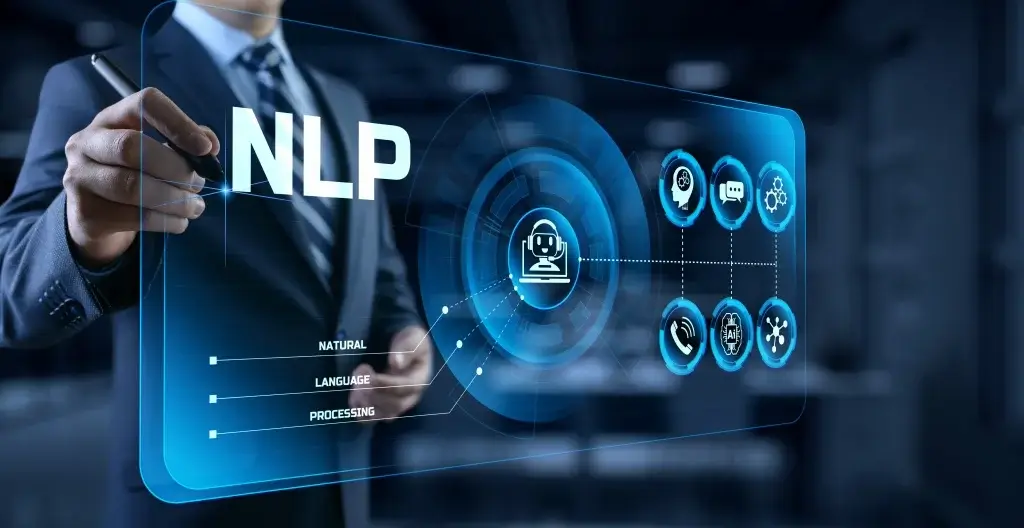Definition of Machine Learning Gartner Information Technology Glossary
Only the inputs are provided during the test phase and the outputs produced by the model are compared with the kept back target variables and is used to estimate the performance of the model. Today we are witnessing some astounding applications like self-driving cars, natural language processing and facial recognition systems definition of machine learning making use of ML techniques for their processing. All this began in the year 1943, when Warren McCulloch a neurophysiologist along with a mathematician named Walter Pitts authored a paper that threw a light on neurons and its working. They created a model with electrical circuits and thus neural network was born.
This means machines that can recognize a visual scene, understand a text written in natural language, or perform an action in the physical world. With the growing ubiquity of machine learning, everyone in business is likely to encounter it and will need some working knowledge about this field. A 2020 Deloitte survey found that 67% of companies are using machine learning, and 97% are using or planning to use it in the next year. Amid the enthusiasm, companies will face many of the same challenges presented by previous cutting-edge, fast-evolving technologies. New challenges include adapting legacy infrastructure to machine learning systems, mitigating ML bias and figuring out how to best use these awesome new powers of AI to generate profits for enterprises, in spite of the costs. Bias and discrimination aren’t limited to the human resources function either; they can be found in a number of applications from facial recognition software to social media algorithms.
Artificial Intelligence Tutorial for Beginners in 2024 Learn AI Tutorial from Experts
Many reinforcements learning algorithms use dynamic programming techniques.[45] Reinforcement learning algorithms do not assume knowledge of an exact mathematical model of the MDP and are used when exact models are infeasible. Reinforcement learning algorithms are used in autonomous vehicles or in learning to play a game against a human opponent. Like all systems with AI, machine learning needs different methods to establish parameters, actions and end values. Machine learning-enabled programs come in various types that explore different options and evaluate different factors. There is a range of machine learning types that vary based on several factors like data size and diversity.
This is one of the reasons why augmented reality developers are in great demand today. These voice assistants perform varied tasks such as booking flight tickets, paying bills, playing a users’ favorite songs, and even sending messages to colleagues. Blockchain, the technology behind cryptocurrencies such as Bitcoin, is beneficial for numerous businesses. This tech uses a decentralized ledger to record every transaction, thereby promoting transparency between involved parties without any intermediary.
A Guide to Image Captioning in Deep Learning
Companies that have adopted it reported using it to improve existing processes (67%), predict business performance and industry trends (60%) and reduce risk (53%). Reinforcement machine learning is a machine learning model that is similar to supervised learning, but the algorithm isn’t trained using sample data. A sequence of successful outcomes will be reinforced to develop the best recommendation or policy for a given problem. Artificial neural networks (ANNs), or connectionist systems, are computing systems vaguely inspired by the biological neural networks that constitute animal brains. Such systems “learn” to perform tasks by considering examples, generally without being programmed with any task-specific rules. Inductive logic programming (ILP) is an approach to rule learning using logic programming as a uniform representation for input examples, background knowledge, and hypotheses.
Algorithms that learn from historical data are either constructed or utilized in machine learning. The performance will rise in proportion to the quantity of information we provide. Neural networks are a commonly used, specific class of machine learning algorithms. Artificial neural networks are modeled on the human brain, in which thousands or millions of processing nodes are interconnected and organized into layers. Like machine machine, it also involves the ability of machines to learn from data but uses artificial neural networks to imitate the learning process of a human brain.
Learning from the training set
In image processing and computer vision, unsupervised pattern recognition techniques are used for object detection and image segmentation. The most common algorithms for performing classification can be found here. In an unsupervised learning problem the model tries to learn by itself and recognize patterns and extract the relationships among the data. As in case of a supervised learning there is no supervisor or a teacher to drive the model. The goal here is to interpret the underlying patterns in the data in order to obtain more proficiency over the underlying data. In a regression problem, we are trying to predict results within a continuous output, meaning that we are trying to map input variables to some continuous function.
Why is AI hard to define? BCS – BCS
Why is AI hard to define? BCS.
Posted: Fri, 24 Nov 2023 08:00:00 GMT [source]
Classical, or “non-deep”, machine learning is more dependent on human intervention to learn. Human experts determine the set of features to understand the differences between data inputs, usually requiring more structured data to learn. A Bayesian network, belief network, or directed acyclic graphical model is a probabilistic graphical model that represents a set of random variables and their conditional independence with a directed acyclic graph (DAG). For example, a Bayesian network could represent the probabilistic relationships between diseases and symptoms. Given symptoms, the network can be used to compute the probabilities of the presence of various diseases.
The research observed a large error around the peak of the curve; the paper used an error correction model to improve the performance of ELM. Also, for better performance, the research used min/max normalization for even better accuracy. The performance of the model was compared with existing persistence methods.






دیدگاهتان را بنویسید